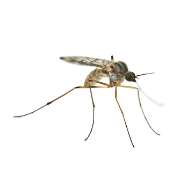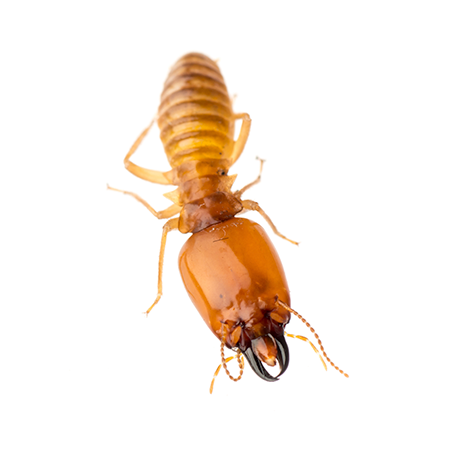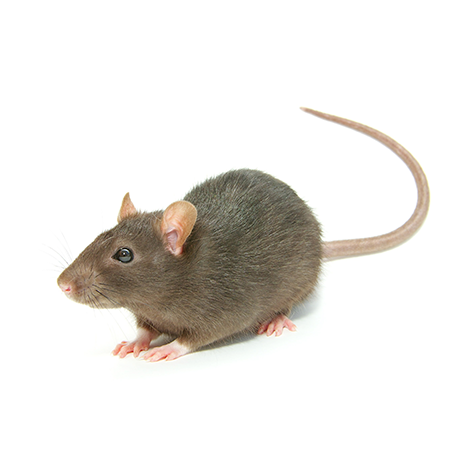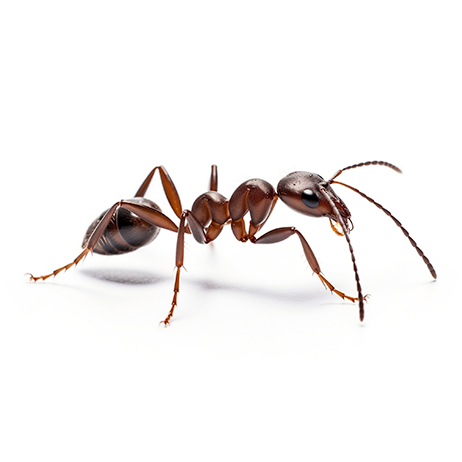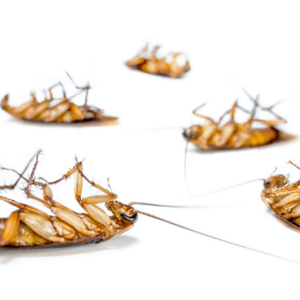Our Locations
Pest Control Services In Fayetteville, TN
Fayetteville, Tennessee
Available 24/7
Waynes has been providing pest
control services since 1973
Our environmentally sustainable
tools are kid and pet-friendly
24/7/365
protection
A+ rated by the
Better Business Bureau
Fayetteville, TN
Waynes Pest Control Services
With over 50 years of pest control experience, we know that most pest problems like ants, termites, spiders, and rodents begin outside your home, so Waynes Smartpest service establishes a 10-foot barrier around your home. Our pest professionals work with you to create a customized service plan just for you. Waynes is Fayetteville's #1 choice for pest control because our priority is our customers.
Waynes uses industry-leading pest control technologies, and our pest professionals receive extensive training at Waynes University. Our team can equip your home or business with passive infrared monitors that detect any encroachment from rodents. Waynes uses this information to respond immediately to any threat before you know you have a problem, protecting your home or business 24/7/365.
Waynes provides organic pest control services in Fayetteville, TN. By creating a 10-foot pest barrier and monitoring for rodent activity, we prevent most pest problems without using indoor treatments. Your home is your happy place, so we use the safest methods to keep it pest-free.
The rolling green hills and babbling creeks around Fayetteville, Tennessee make this a peaceful place to call home. Waynes wants to preserve this natural beauty for future generations even as we prevent pests from invading your home, so we are a proud member of the EPA's Environmental Stewardship Program. And the pest control methods that are safest for your family and pets also minimize the impact on our local environment, preserving it for future hunting, fishing, and hiking.
Waynes Envirolawn program ensures your lawn is always barefoot good. Waynes custom blend of fertilizers eliminates lawn-destroying pests and nourishes your grass at the roots, providing a lush lawn.
Waynes takes the bite out of the outdoors too. Your home is your happy place, except when mosquitoes descend. Not only do these bloodsuckers bring annoying bites but also, they carry diseases. Waynes Mosquito Plus service eliminates these pests and eliminates dangerous fleas and ticks from your property.
Waynes Constant Termite Protection uses the Sentricon System to defend homes and businesses from one of the most destructive pests in Fayetteville - termites. Termites cause millions in damage to homes and businesses every year. The Sentricon System effectively prevents termites that evade the liquid termite treatments used by some pest control companies.
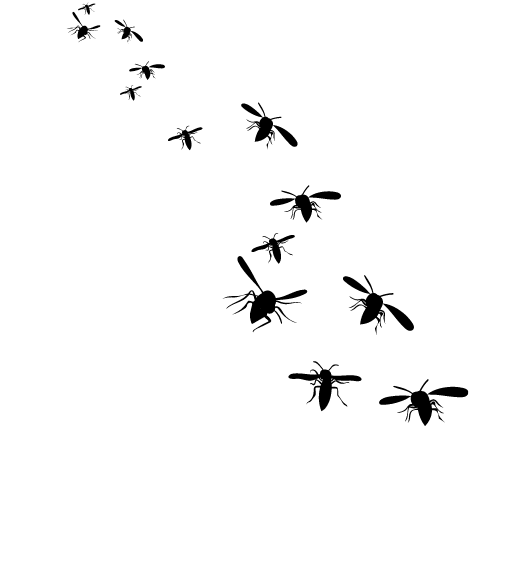
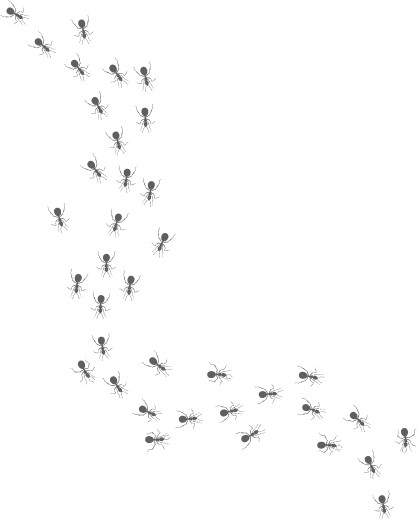
Serving Communities Throughout the Fayetteville Area
Ardmore
Ardmore
Blossomwood
Elkmont
Franklin County
Giles County
Harvest
Hazel Green
Huntsville
Jones Valley
Lewisburg
Lincoln County
Marshall County
Meridianville
Midtown
Moores Mill
New Market
Pulaski
South Huntsville
Tennessee
Twin Creeks Village
Village of Providence
Winchester

Find your local branch
With convenient locations, expert pest control is just a phone call away.
Common Pests in Fayetteville, TN
Fayetteville's hot and humid climate is ideal for a variety of pests. Each of these roaches, rodents, and pests has distinct behaviors and responds to different kinds of treatments.
Common Roaches in Fayetteville
Common roaches in Fayetteville include the German cockroach, the American cockroach, the smoky brown cockroach, the brown-banded cockroach, and the oriental cockroach.
Common Mice and Rats in Fayetteville
Common rodents in Fayetteville include the Norway rat, the roof rat, the field mouse, the house mouse, and the deer mouse.
Termites, Ants, and Spiders in Fayetteville
Wood-destroying pests that call Fayetteville home include eastern subterranean termites, wood-boring beetles, carpenter ants, and the carpenter bees.
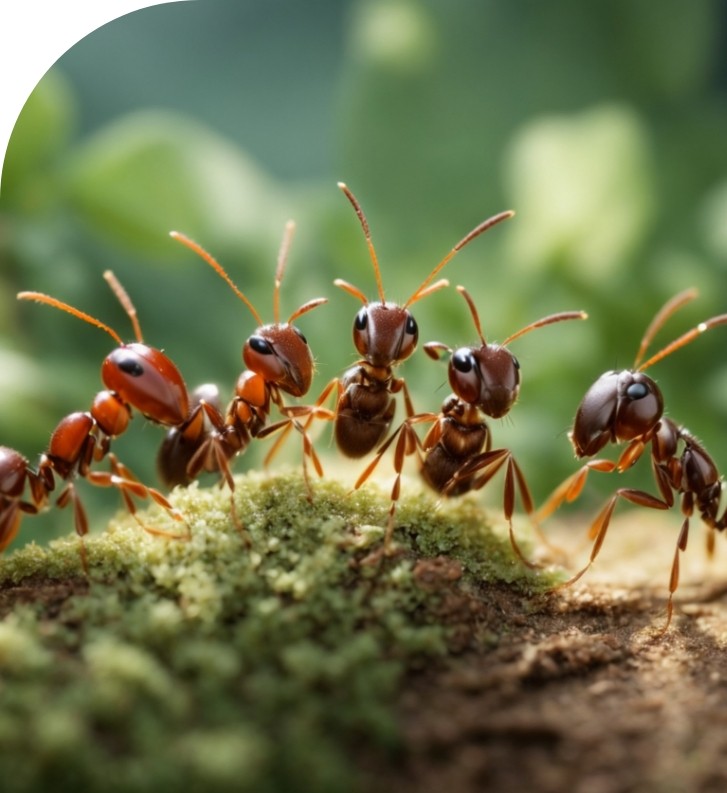
Ants in Fayetteville
- Pavement ants
- Odorous house ants
- Carpenter ants
- Fire ants
- Argentine ants
- Pharoah ants
Spiders in Fayetteville
- Black widow spiders
- Brown recluse spiders
- Garden spiders
- House spiders
- Wolf spiders
- Cellar spiders
Other Pests In This Area
Mosquitoes in the Fayetteville area include known disease transmitters, Anopheles and Culex. Other pests that commonly cause problems include:
Occasional Invaders
- Earwigs
- Millipedes
- Centipedes
- Crickets
Fall Invaders
- Kudzu bugs
- Lady bugs
- Boxelder bugs
- Stink bugs
Other
- Bed bugs
- Fleas
- Ticks
- Wasps
- Hornets
- Flies
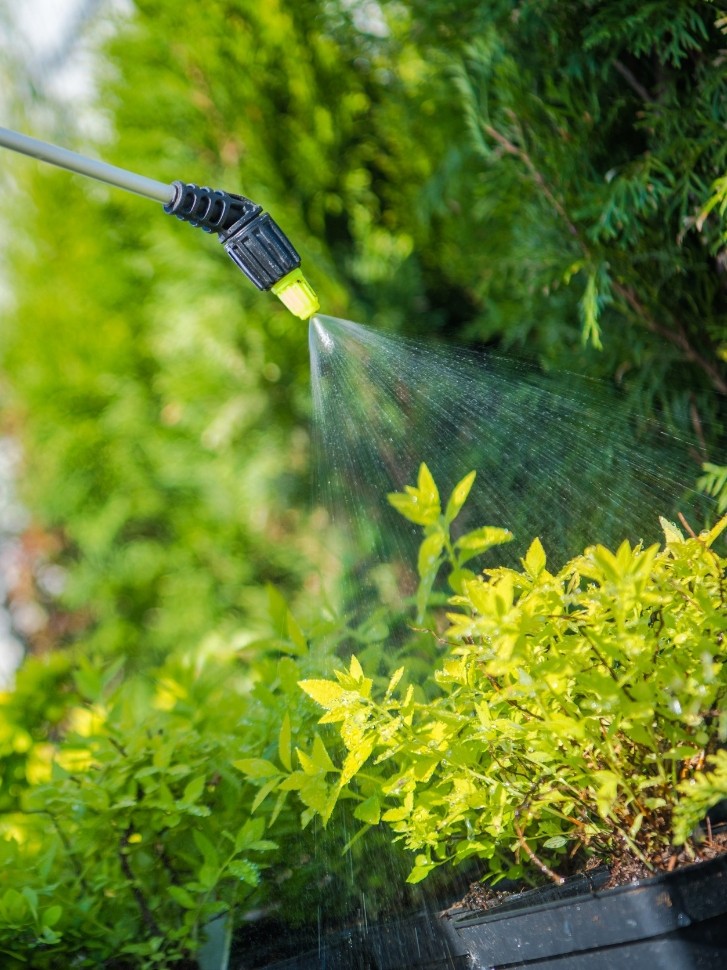
What You Should Know About Fighting Pests in Fayetteville
Fayetteville's proximity to the Smokies and its subtropical climate make it an ideal habitat for insects, spiders, and rodents. In a region like this, prevention is the most-effective approach to pest control. Waynes Pest Control creates a barrier around your home. By keeping pests out with a year-round treatment schedule designed for Fayetteville, we make the inside of your home a safe, comfortable place for you and your family. And we can usually maintain this perimeter without even having to come inside your home.
Year-Round Pest Prevention Homes in Fayetteville
Pests are always looking for a way into your house, so Waynes uses pest control techniques that protect your home 24/7/365. Our pest professional will customize a treatment plan based on your needs.
Commercial Pest Control for Businesses, Restaurants, and Hotels in the greater Fayetteville Area
Waynes protects your business from pests like mice and termites. Whether you're serving the best slaw burger in Fayetteville, running a doctor's office, or managing a warehouse, pests can ruin employee morale and turn customers away. Waynes Smartpest works because we keep the pests, spiders, and rodents outside so that you can focus on your customers and employees inside.
Have A Question? Call Us Today!
Frequently Asked Questions About Pest Control in Fayetteville, TN
Waynes pest prevention services are effective against all kinds of South-Central Tennessee pests, including ants, bed bugs, cockroaches, fleas, ticks, mosquitoes, rodents, spiders, and termites. Our pest control technicians receive training on the kinds of insects, spiders, and rodents that infest your home, so they know the best ways to prevent them and protect you.
Consistent, year-round treatment outside your home prevents pest problems in South-Central Tennessee better than interior treatments when a crisis arises. We provide a free inspection to tailor an approach to your specific needs.
Pest prevention prices vary depending on your situation, but the most expensive pest control is dealing with the fallout from an infestation that has already damaged your home or business. Our pest professionals are trained to provide a free inspection to customize a quote so you only get the services you need.
Pest dangers for Fayetteville, TN include property damage and disease. Termites and ants can chew through your woodwork rapidly, while mosquitoes and rodents carry viruses and bacteria. Waynes can protect you from these dangers with our family and pet-friendly services.
Formosan termites are not yet common in Fayetteville, but our native termites can evade liquid treatments that some companies use and cause extensive damage. Many homeowners find out too late that they do not have a true termite warranty to cover damage caused by termites. Waynes uses the Sentricon system to eliminate termites and provides an industry-leading warranty to ensure you are covered.


